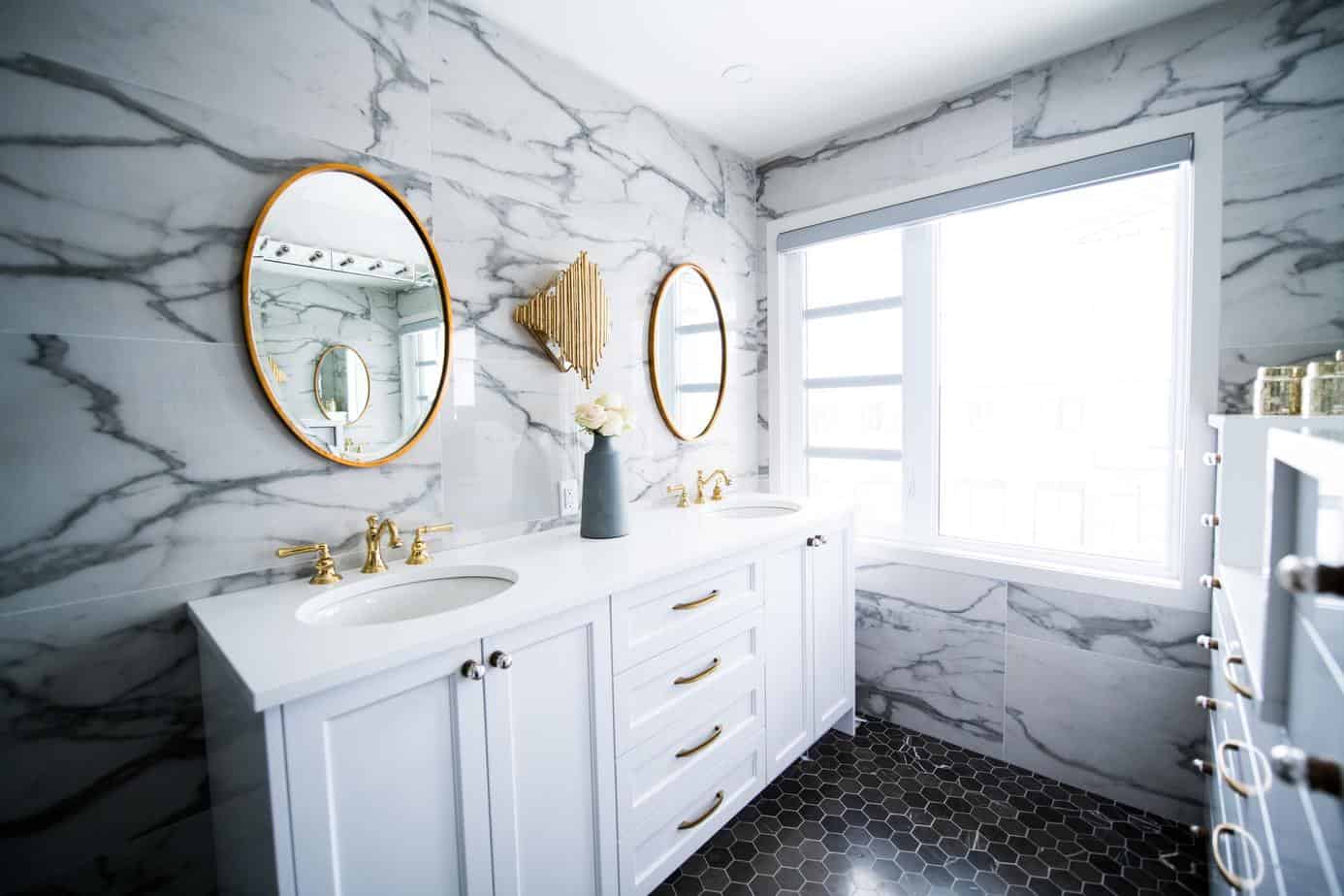
Although when choosing bathroom tiles, we usually focus on their shape and color, we should also pay attention to technical parameters. What is worth remembering when buying tiles? We suggest.
Tiles are not the only finishing material that is suitable for the bathroom, however, their choice is considered to be the most convenient solution. They are quick to clean and easy to maintain, they are also resistant to damage and can serve for many years, decorating floors, walls and ceilings. You can find tiles with attractive patterns, in a variety of colors and shapes, so everyone will find something that perfectly suits their taste and bathroom arrangement. However, before we delight in the appearance of potential tiles, let’s start with the basics – let’s get to know their technical parameters.
The most popular tiles are the ceramic ones, which we can divide into four types. Although they are all made from a mixture of clay with the addition of coloring oxides and refining materials, they differ in the materials used and the temperature altitude during firing.
Among the types of tiles we distinguish:
Tiles are characterized by different technical parameters, so when buying, look at the markings that can be found on the packaging. Thanks to the markings, we will find out what resistance to humidity and temperature fluctuations, as well as mechanical and chemical damage the selected bathroom tiles have. We will also learn about their anti-slip properties.
The PEI symbol defines the tiles’ tolerance to traffic intensity and resistance to surface abrasion. If your apartment has a lot of household members and the bathroom is used frequently, choose tiles that have a higher PEI designation. Symbols from R9 to R13 are used to indicate the slip resistance of tiles. This parameter is important because safety in the bathroom depends on it. If you have children in the house, or the room is often splashed, choose tiles with a higher anti-slip coefficient, which means they are less slippery.
The symbol E along with the percentage notation informs about the tiles’ absorbability. It is worth remembering that their maximum absorbency must be 3%. Choosing tiles with such a parameter, we can be sure that no mould will appear.
When considering the purchase of tiles, you should also take into account the size of your bathroom. In larger rooms, any tiles will work, but for smaller rooms it is better to choose light tiles with simple shapes that will not overwhelm the bathroom.
Main photo: Christian Mackie/unsplash.com